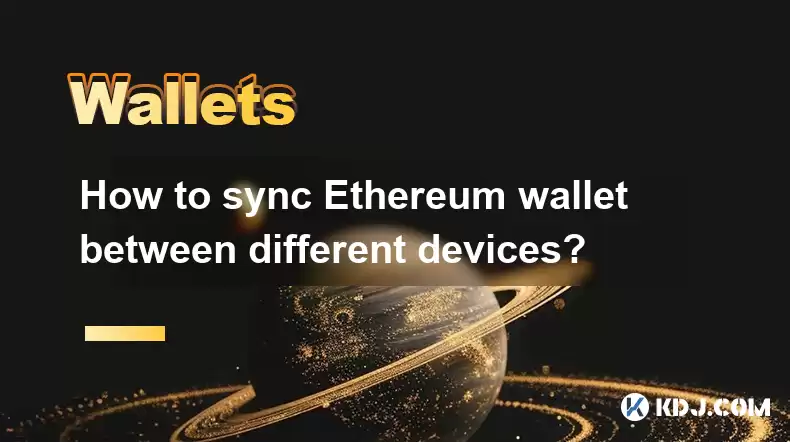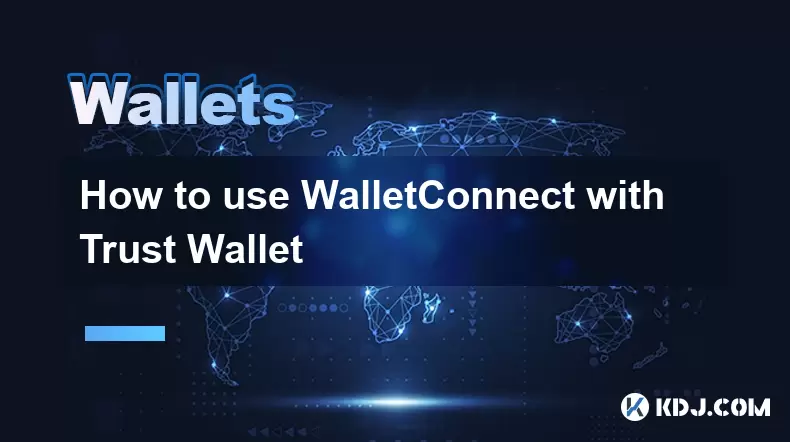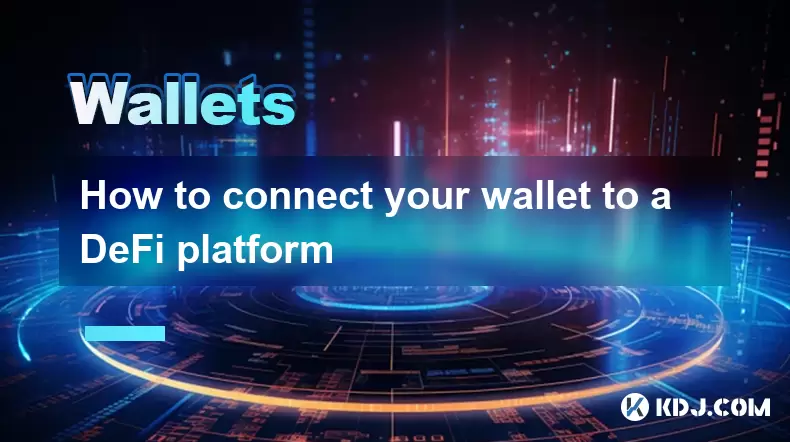-
 Bitcoin
Bitcoin $117700
-1.00% -
 Ethereum
Ethereum $4458
-3.91% -
 XRP
XRP $3.119
0.14% -
 Tether USDt
Tether USDt $1.001
-0.02% -
 BNB
BNB $836.6
-1.56% -
 Solana
Solana $189.5
-3.90% -
 USDC
USDC $0.9998
-0.02% -
 Dogecoin
Dogecoin $0.2335
1.29% -
 Cardano
Cardano $0.9642
1.51% -
 TRON
TRON $0.3539
-1.19% -
 Hyperliquid
Hyperliquid $47.41
-1.84% -
 Chainlink
Chainlink $21.92
-3.28% -
 Stellar
Stellar $0.4286
-0.23% -
 Sui
Sui $3.724
-3.29% -
 Bitcoin Cash
Bitcoin Cash $594.8
-0.78% -
 Ethena USDe
Ethena USDe $1.001
0.04% -
 Hedera
Hedera $0.2501
-2.06% -
 Avalanche
Avalanche $23.96
-4.87% -
 Litecoin
Litecoin $119.0
-2.32% -
 Toncoin
Toncoin $3.473
0.82% -
 UNUS SED LEO
UNUS SED LEO $9.596
0.17% -
 Shiba Inu
Shiba Inu $0.00001301
-0.39% -
 Uniswap
Uniswap $11.03
-0.25% -
 Polkadot
Polkadot $3.935
-2.62% -
 Dai
Dai $1.000
0.01% -
 Bitget Token
Bitget Token $4.564
-1.76% -
 Cronos
Cronos $0.1512
-4.11% -
 Ethena
Ethena $0.7306
-1.09% -
 Pepe
Pepe $0.00001087
-2.68% -
 Aave
Aave $300.2
-4.00%
How to sync Ethereum wallet between different devices?
Securely access your Ethereum wallet across devices using your seed phrase (hardware/software wallets) or by importing keystore files; never share your seed phrase or use untrusted platforms.
Mar 23, 2025 at 11:35 am

How to Sync Ethereum Wallet Between Different Devices
Syncing your Ethereum wallet across multiple devices ensures accessibility and security. However, the method depends heavily on the type of wallet you're using. This article will explore the different approaches for various Ethereum wallet types. Understanding the nuances of each method is crucial for maintaining the security of your ETH and other ERC-20 tokens. Improper synchronization can lead to loss of funds.
Hardware Wallets (e.g., Ledger, Trezor):
Hardware wallets offer the highest level of security. Synchronization isn't about copying data; it's about accessing the same wallet from different devices. You don't "sync" the wallet itself. Instead, you use the same seed phrase (your recovery phrase) on each device to access the same wallet.
- Connect your hardware wallet to a new device.
- Open the wallet software on the new device.
- Follow the on-screen instructions to enter your seed phrase.
- Verify your wallet address matches the address on your original device. Never enter your seed phrase on untrusted websites or software.
Software Wallets (e.g., MetaMask, Trust Wallet):
Software wallets offer varying levels of security and synchronization methods. Some utilize seed phrases, others rely on keystores or private keys. Using a seed phrase is generally the safest and most common method.
- Seed Phrase Recovery: If you’ve previously backed up your seed phrase, you can use it to restore your wallet on a new device. This is similar to the process for hardware wallets. Again, ensure the platform you're using is legitimate.
- Keystore File (JSON): Some software wallets use a keystore file (often a JSON file) to store your wallet information. You can import this file into the same wallet software on a new device. Be cautious about where you store this file; losing it means losing access to your funds.
- Private Key: This is the least recommended method due to its inherent security risks. Directly using a private key is less secure and more prone to errors.
Mobile Wallets (e.g., MetaMask Mobile, Trust Wallet Mobile):
Mobile wallets usually employ the same methods as software wallets: seed phrases, keystore files, or private keys. The process is generally the same, though the user interface may differ slightly depending on the specific app. Always download apps from official app stores to prevent malware.
- Download the mobile wallet app on your new device.
- Follow the app's instructions to import your wallet using your seed phrase, keystore file, or private key (if you choose to use it, understanding the risks involved).
- Confirm your wallet address is correct.
Web3 Wallets (e.g., WalletConnect):
Web3 wallets, like WalletConnect, don't store your keys directly. They act as an intermediary connecting your chosen wallet (hardware or software) to dApps. The synchronization happens through the connection established between your device and the dApp.
- Ensure your preferred wallet (hardware or software) is properly connected and unlocked on your new device.
- Use WalletConnect to connect to the desired dApp. The dApp should then recognize your wallet.
Important Security Considerations:
- Seed Phrase Security: Treat your seed phrase like your bank password. Never share it with anyone, and store it securely offline.
- Software Updates: Keep your wallet software updated to benefit from the latest security patches.
- Verify Addresses: Always double-check your wallet address before sending or receiving funds. A single misplaced digit can result in irreversible loss of funds.
- Trusted Sources: Only download wallet software and extensions from official sources. Beware of phishing scams.
Frequently Asked Questions:
Q: Can I sync my Ethereum wallet across different operating systems (e.g., Windows, macOS, iOS)?
A: Yes, most Ethereum wallets support multiple operating systems. The synchronization method remains the same (seed phrase, keystore file, or private key), regardless of the operating system.
Q: What happens if I lose my seed phrase?
A: Losing your seed phrase means losing access to your Ethereum wallet and all the funds within it. There's no way to recover your wallet without it.
Q: Is it safe to use a public Wi-Fi network to access my Ethereum wallet?
A: It's generally not recommended to access your Ethereum wallet on public Wi-Fi networks due to the risk of man-in-the-middle attacks and data interception.
Q: Can I sync my Ethereum wallet to multiple devices simultaneously?
A: You can access your Ethereum wallet from multiple devices, but you are essentially using the same wallet across different devices. The synchronization is not a simultaneous process, but a process of restoring your wallet on each device.
Q: What if I use different wallet software on different devices?
A: You'll need to use the appropriate import method (seed phrase, keystore, or private key) for each software. The seed phrase is usually the most versatile method.
Q: Are there any fees associated with syncing my Ethereum wallet?
A: Syncing your wallet itself doesn't incur any fees. However, network fees (gas fees) apply when you transact with your Ethereum wallet, regardless of which device you use.
Q: How often should I back up my seed phrase?
A: It's best practice to regularly back up your seed phrase, ideally in multiple secure locations, to prevent data loss. There is no set time frame; however, consider doing it whenever you make significant changes or additions to your wallet.
Disclaimer:info@kdj.com
The information provided is not trading advice. kdj.com does not assume any responsibility for any investments made based on the information provided in this article. Cryptocurrencies are highly volatile and it is highly recommended that you invest with caution after thorough research!
If you believe that the content used on this website infringes your copyright, please contact us immediately (info@kdj.com) and we will delete it promptly.
- Kazakhstan's Crypto Leap: Bitcoin ETF and Central Asia's Digital Finance Future
- 2025-08-13 12:45:19
- BlockDAG Presale Blazes Past $371M: Fundraising Frenzy Fuels Crypto Sensation
- 2025-08-13 13:05:21
- Meme Coins: Chasing the 2025 Surge – Which Will Moonshot?
- 2025-08-13 10:25:23
- Bitcoin's Wild Ride: Rally, Pullback, and What's Next
- 2025-08-13 10:25:23
- Bitcoin, Bitmax, and Institutional Demand: A New Era of Crypto Investment
- 2025-08-13 10:45:12
- Solana, ROAM, and Airdrops: What's the Buzz in 2025?
- 2025-08-13 11:35:13
Related knowledge

How to wrap Ethereum (wETH) in MetaMask
Aug 13,2025 at 11:36am
Understanding Wrapped Ethereum (wETH)Wrapped Ethereum (wETH) is a tokenized version of native Ethereum (ETH) that conforms to the ERC-20 standard, ena...

How to manage your portfolio in Exodus wallet
Aug 08,2025 at 10:07pm
Understanding the Exodus Wallet InterfaceThe Exodus wallet is a non-custodial cryptocurrency wallet that supports a wide range of digital assets. When...

How to manage your portfolio in Exodus wallet
Aug 13,2025 at 11:35am
Understanding the Exodus Wallet InterfaceThe Exodus wallet is a non-custodial cryptocurrency wallet that supports a wide range of digital assets. Upon...

How to reset your MetaMask password
Aug 08,2025 at 01:28pm
Understanding the MetaMask Password Reset ProcessMany users confuse the MetaMask password with the seed phrase or private key, but they serve differen...

How to use WalletConnect with Trust Wallet
Aug 13,2025 at 01:07am
What Is WalletConnect and Why It Matters for Trust Wallet UsersWalletConnect is an open-source protocol that enables secure communication between dece...

How to connect your wallet to a DeFi platform
Aug 13,2025 at 11:36am
Understanding Wallet Compatibility with DeFi PlatformsBefore connecting your wallet to any DeFi platform, it's essential to ensure your wallet is comp...

How to wrap Ethereum (wETH) in MetaMask
Aug 13,2025 at 11:36am
Understanding Wrapped Ethereum (wETH)Wrapped Ethereum (wETH) is a tokenized version of native Ethereum (ETH) that conforms to the ERC-20 standard, ena...

How to manage your portfolio in Exodus wallet
Aug 08,2025 at 10:07pm
Understanding the Exodus Wallet InterfaceThe Exodus wallet is a non-custodial cryptocurrency wallet that supports a wide range of digital assets. When...

How to manage your portfolio in Exodus wallet
Aug 13,2025 at 11:35am
Understanding the Exodus Wallet InterfaceThe Exodus wallet is a non-custodial cryptocurrency wallet that supports a wide range of digital assets. Upon...

How to reset your MetaMask password
Aug 08,2025 at 01:28pm
Understanding the MetaMask Password Reset ProcessMany users confuse the MetaMask password with the seed phrase or private key, but they serve differen...

How to use WalletConnect with Trust Wallet
Aug 13,2025 at 01:07am
What Is WalletConnect and Why It Matters for Trust Wallet UsersWalletConnect is an open-source protocol that enables secure communication between dece...

How to connect your wallet to a DeFi platform
Aug 13,2025 at 11:36am
Understanding Wallet Compatibility with DeFi PlatformsBefore connecting your wallet to any DeFi platform, it's essential to ensure your wallet is comp...
See all articles

























































































